Descrição
EDITION LIMITED – 300 UNITS
The United States Army Special Forces (SF), colloquially known as the “Green Berets” due to their distinctive service headgear, are a special operations force of the United States Army. The Green Berets are geared towards nine doctrinal missions, such as, unconventional warfare, foreign internal defense, direct action, counterinsurgency, special reconnaissance, counterterrorism, information operations, counterproliferation of weapons of mass destruction, and security force assistance. The unit emphasizes language, cultural, and training skills in working with foreign troops; recruits are required to learn a foreign language as part of their training and must maintain knowledge of the political, economic, and cultural complexities of the regions in which they are deployed. Other Special Forces missions, known as secondary missions, like combat search and rescue (CSAR), counter-narcotics, hostage rescue, humanitarian assistance, humanitarian demining, information operations, peacekeeping, and manhunts. Other components of the United States Special Operations Command (USSOCOM) or other U.S. government activities may also specialize in these secondary missions. The Special Forces conduct these missions via seven geographically focused groups. Many of their operational techniques are classified, but some nonfiction works and doctrinal manuals are available.
As special operations units, Special Forces are not necessarily under the command authority of the ground commanders in those countries. Instead, while in theater, SF units may report directly to a geographic combatant command, USSOCOM, or other command authorities. The Central Intelligence Agency‘s (CIA) highly secretive Special Activities Center, and more specifically its Special Operations Group (SOG), recruits from U.S. Army Special Forces. Joint CIA–Army Special Forces operations go back to the MACV-SOG unit during the Vietnam War, and was seen as recently as the War in Afghanistan (2001-2021).
The primary mission of the Army Special Forces is to train and lead unconventional warfare (UW) forces, or a clandestine guerrilla force in an occupied nation. The 10th Special Forces Group was the first deployed SF unit, intended to train and lead UW forces behind enemy lines in the event of a Warsaw Pact invasion of Western Europe. As the U.S. became involved in Southeast Asia, it was realized that specialists trained to lead guerrillas could also help defend against hostile guerrillas, so SF acquired the additional mission of Foreign Internal Defense (FID), working with Host Nation (HN) forces in a spectrum of counter-guerrilla activities from indirect support to combat command.
Special Forces personnel qualify both in advanced military skills and the regional languages and cultures of defined parts of the world. While they are best known for their unconventional warfare capabilities, they also undertake other missions that include direct action raids, peace operations, counter-proliferation, counter-drug advisory roles, and other strategic missions. As strategic resources, they report either to USSOCOM or to a regional Unified Combatant Command. To enhance their DA capability, specific units were created with a focus on the direct-action side of special operations. First known as Commander’s In-extremis Force (CIF), then Crisis Response Forces (CRF), they are now supplanted by Hard-Target Defeat (HTD) companies. SF team members work closely together and rely on one another under isolated circumstances for long periods of time, both during extended deployments and in garrison. Because of this, they develop clannish relationships and long-standing personal ties. SF non-commissioned officers (NCO) often spend their entire careers in Special Forces, rotating among assignments to detachments, higher staff billets, liaison positions, and instructor duties at the U.S. Army John F. Kennedy Special Warfare Center and School (USAJFKSWCS). They are then required to move to staff positions or to higher command echelons. With the creation of USSOCOM, SF commanders have risen to the highest ranks of U.S. Army command, including command of USSOCOM, the Army’s Chief of Staff, and the Chairman of the Joint Chiefs of Staff.
Special Forces traces its roots as the Army’s premier proponent of unconventional warfare from purpose-formed special operations units like the Alamo Scouts, Philippine guerrillas, First Special Service Force, and the Operational Groups (OGs) of the Office of Strategic Services (OSS). Although the OSS was not an Army organization, many Army personnel were assigned to the OSS and later used their experiences to influence the forming of Special Forces.
In the early twenty-first century, Special Forces are divided into five active duty (AD) and two Army National Guard (ARNG) Special Forces groups. Each Special Forces Group (SFG) has a specific regional focus. The Special Forces soldiers assigned to these groups receive intensive language and cultural training for countries within their regional area of responsibility (AOR). Due to the increased need for Special Forces soldiers in the War on Terror, all groups – including those of the National Guard (19th and 20th SFGs) – have been deployed outside of their areas of operation (AOs), particularly to Iraq and Afghanistan. A recently released report showed Special Forces as perhaps the most deployed SOF under USSOCOM, with many soldiers, regardless of group, serving up to 75% of their careers overseas, almost all of which had been to Iraq and Afghanistan.
Until recently an SF group has consisted of three battalions, but since the Department of Defense has authorized the 1st Special Forces Command to increase its authorized strength by one third, a fourth battalion was activated in each active component group by 2012.



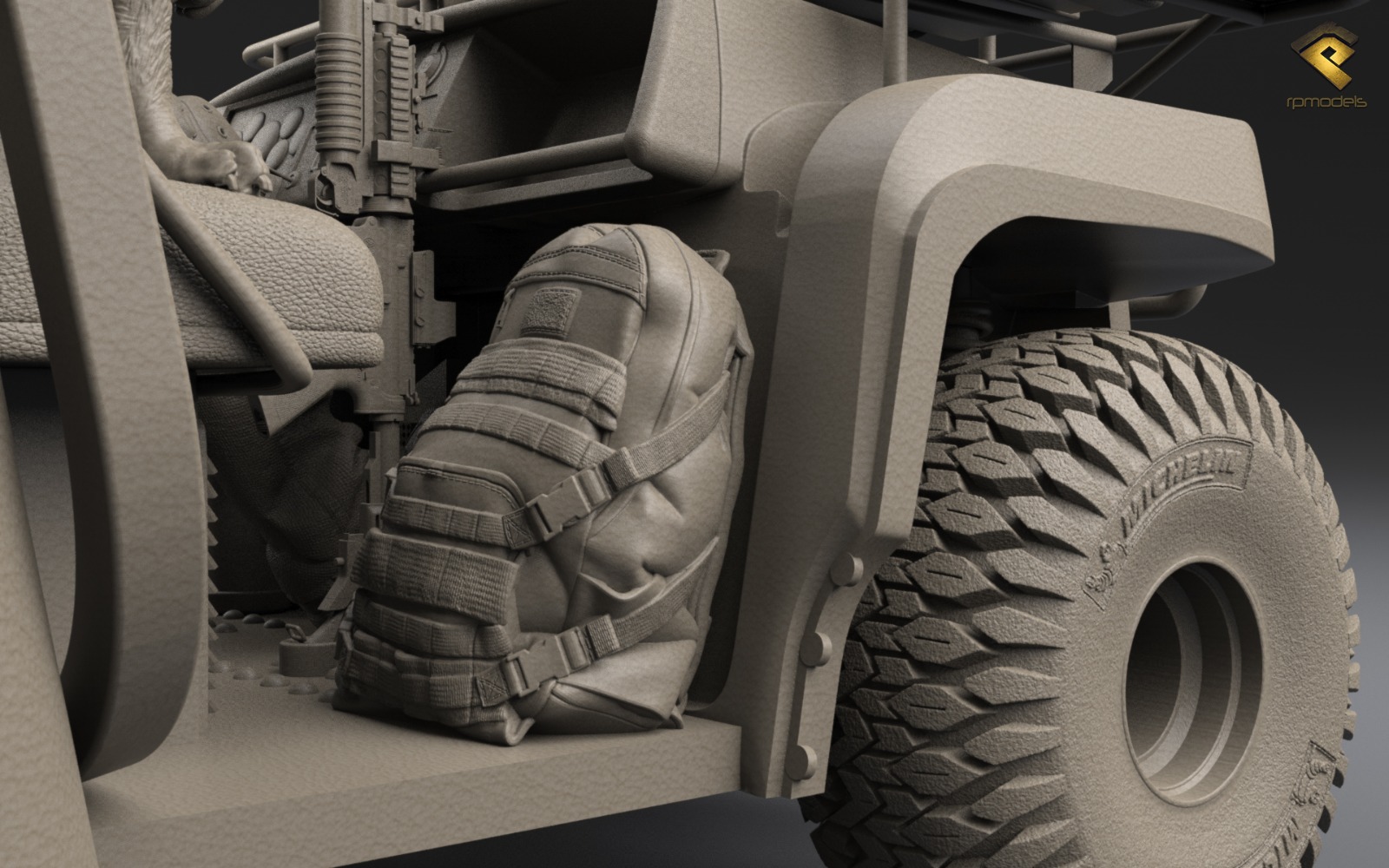






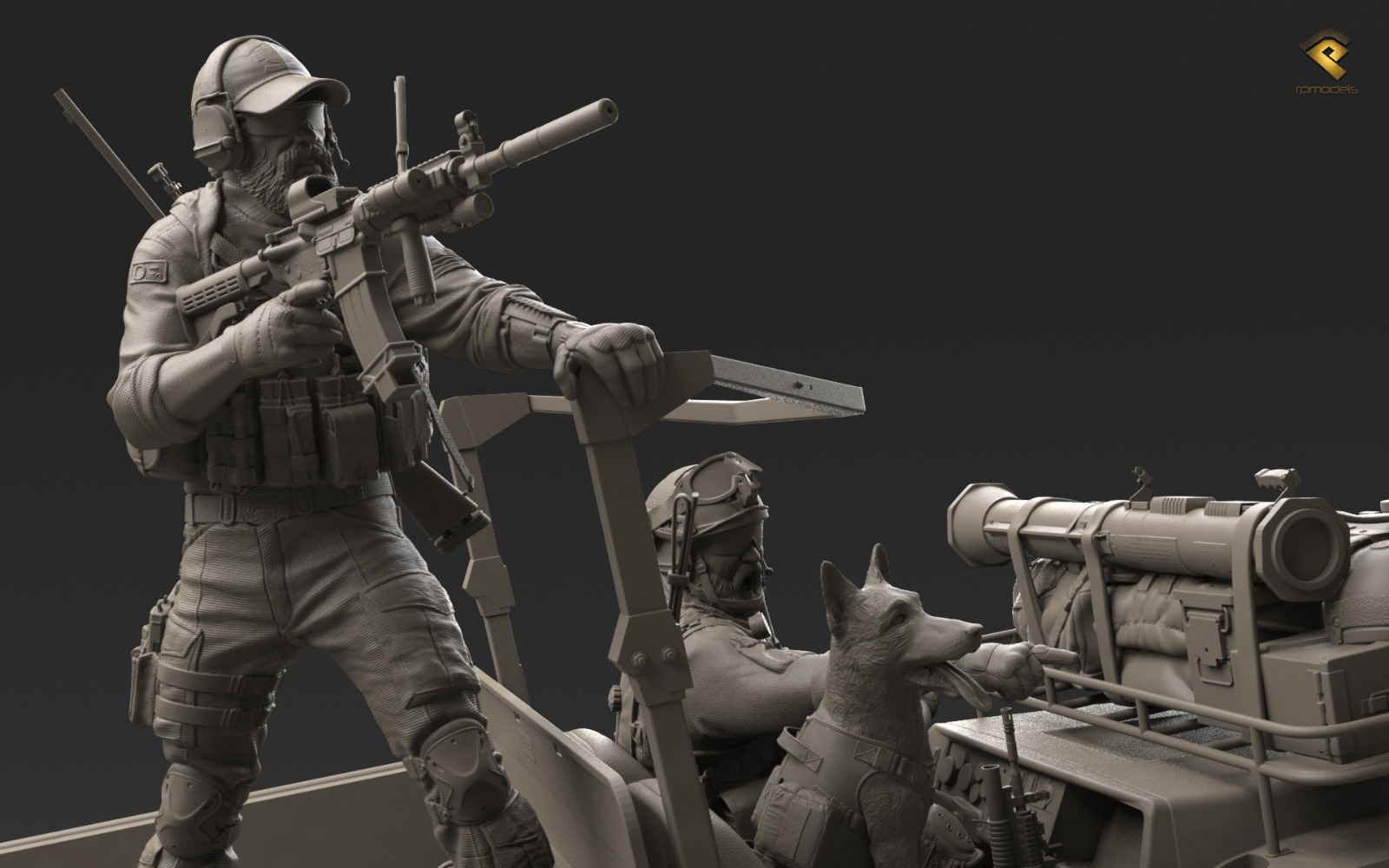
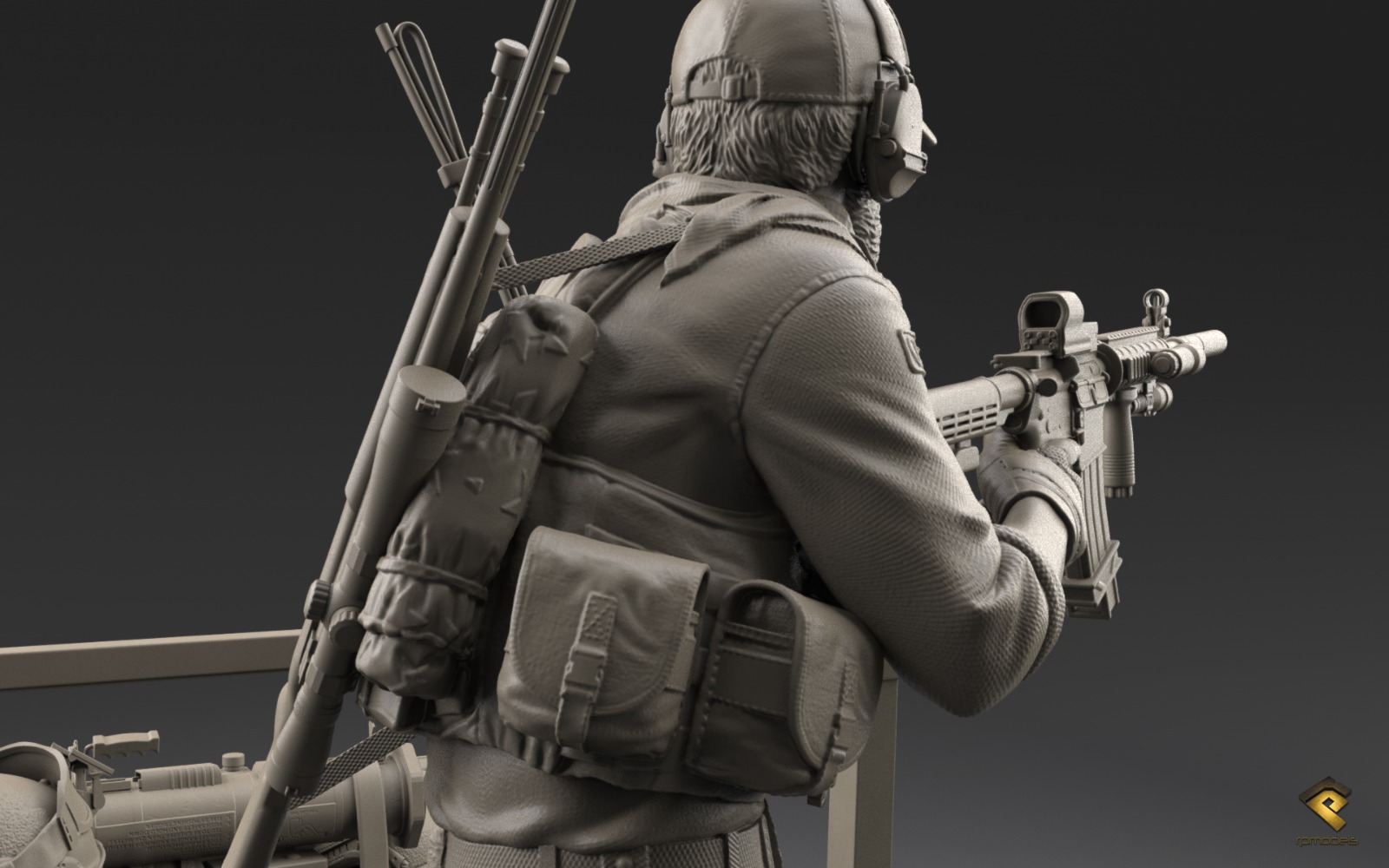
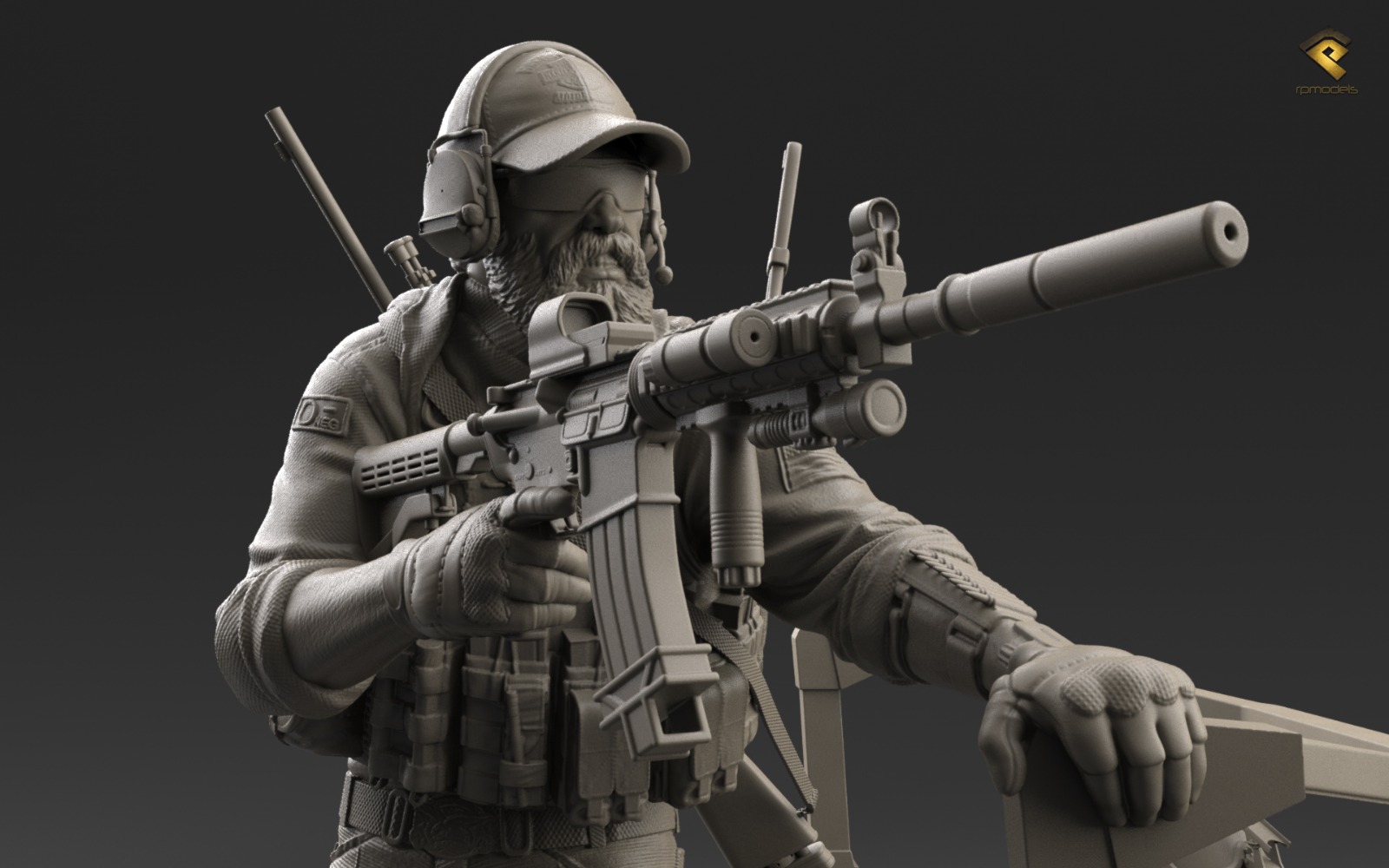
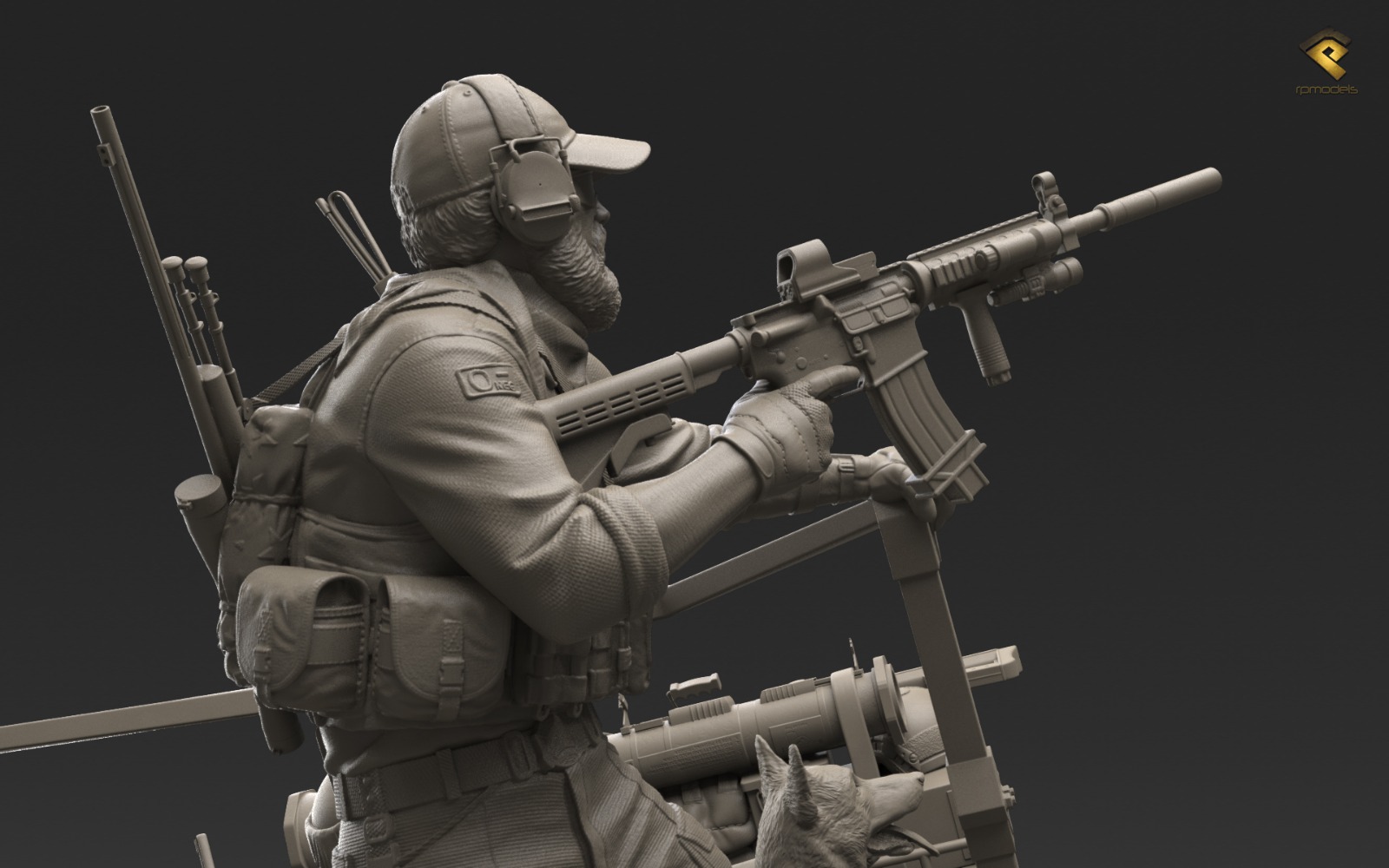
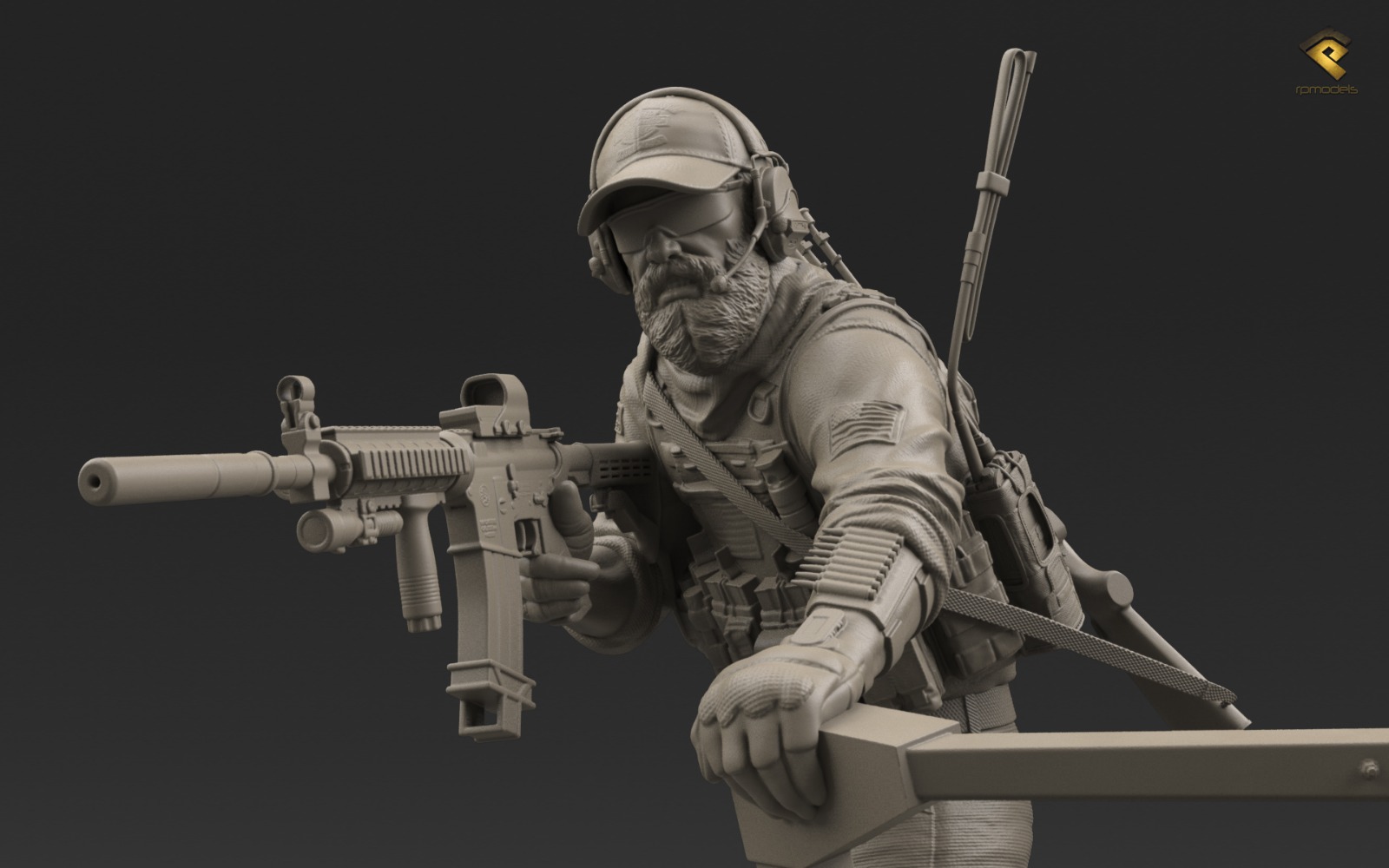
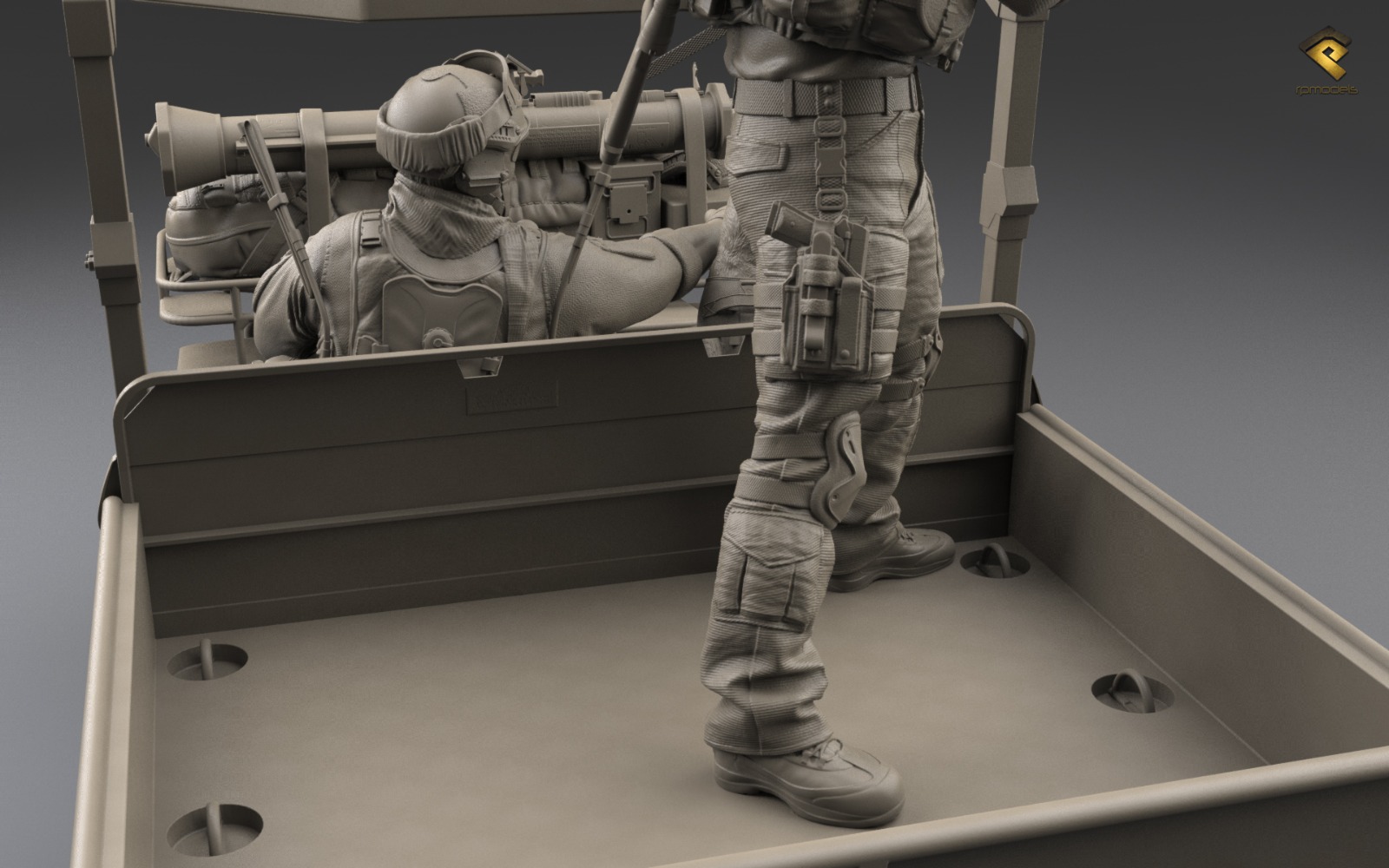
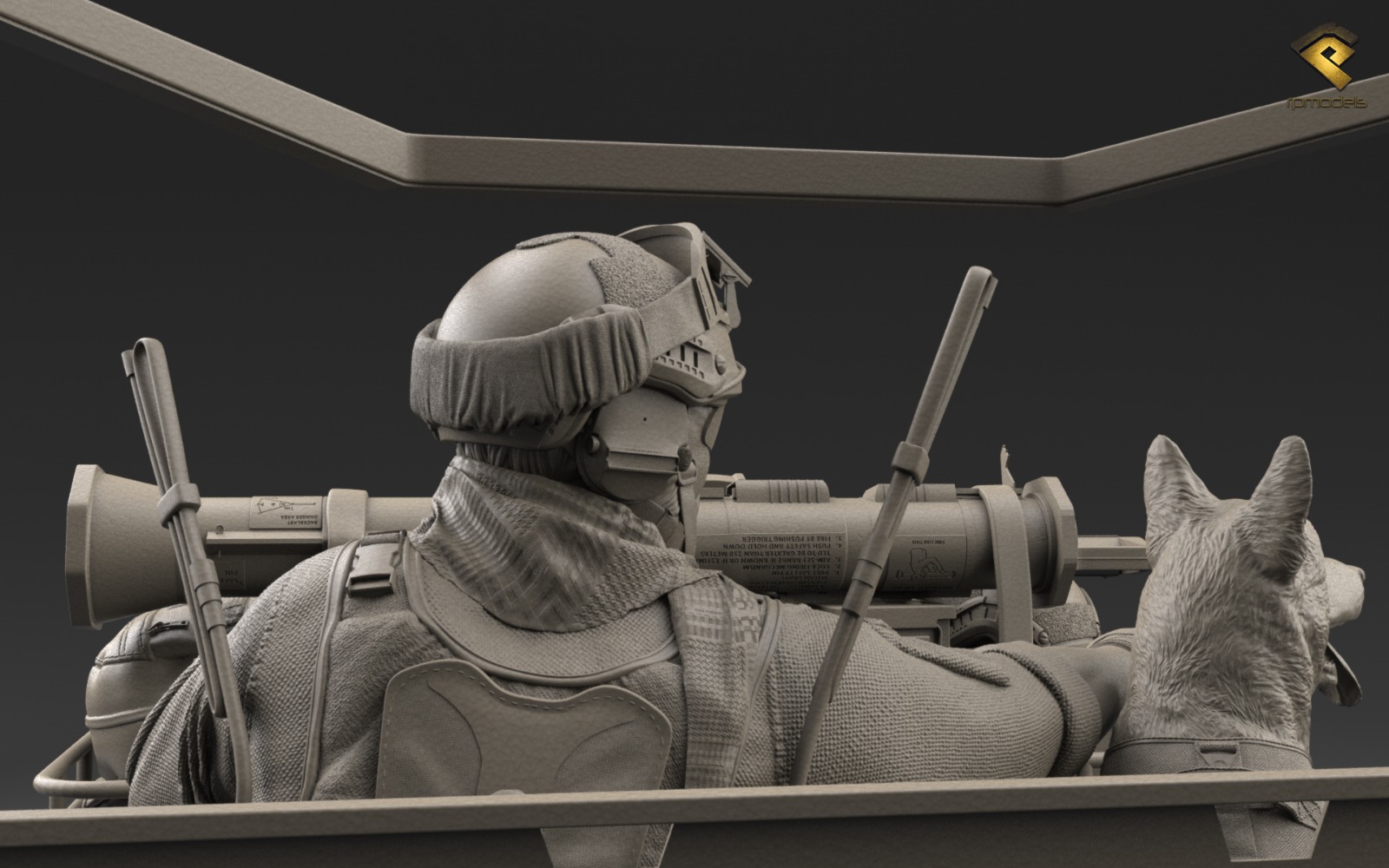

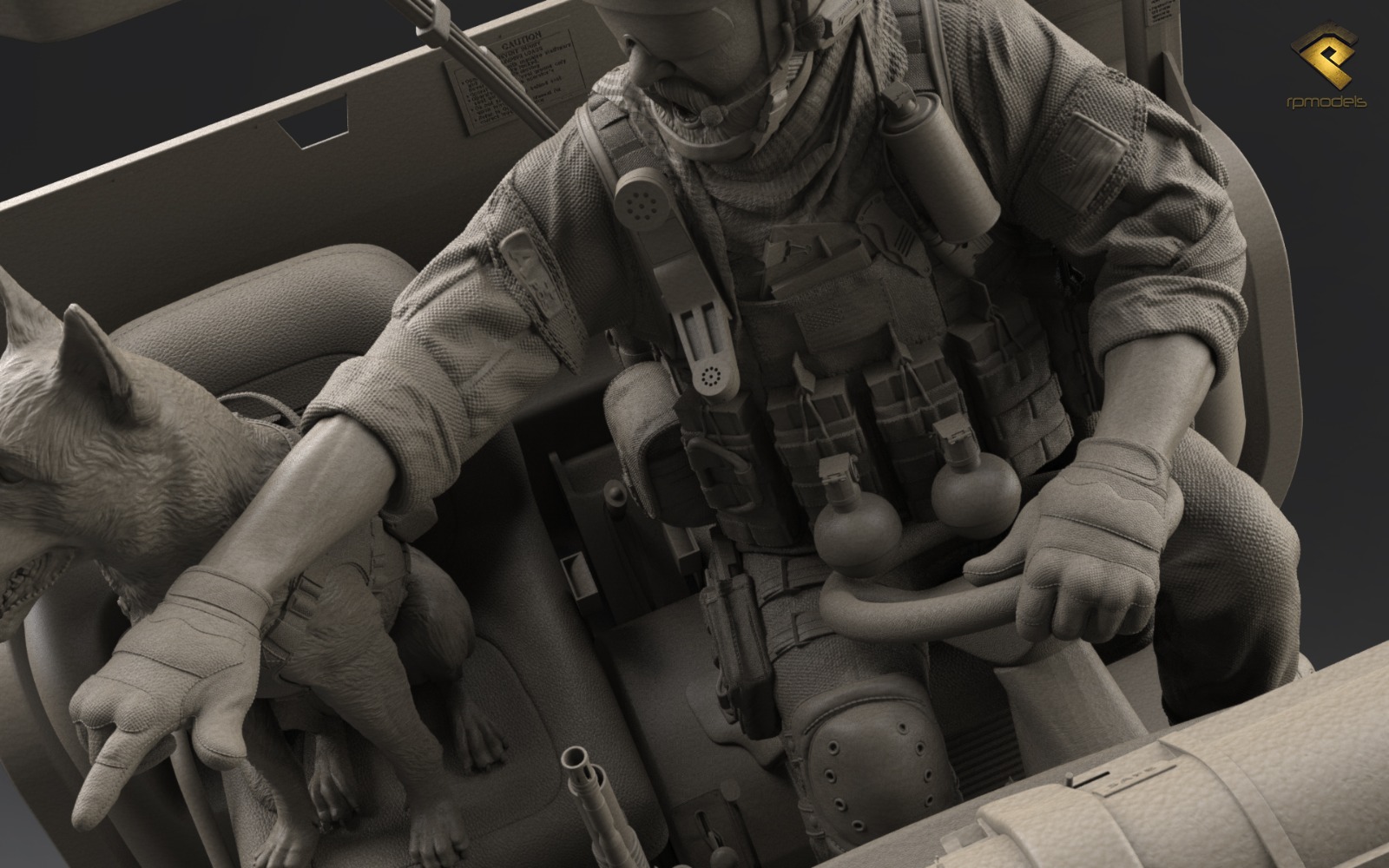
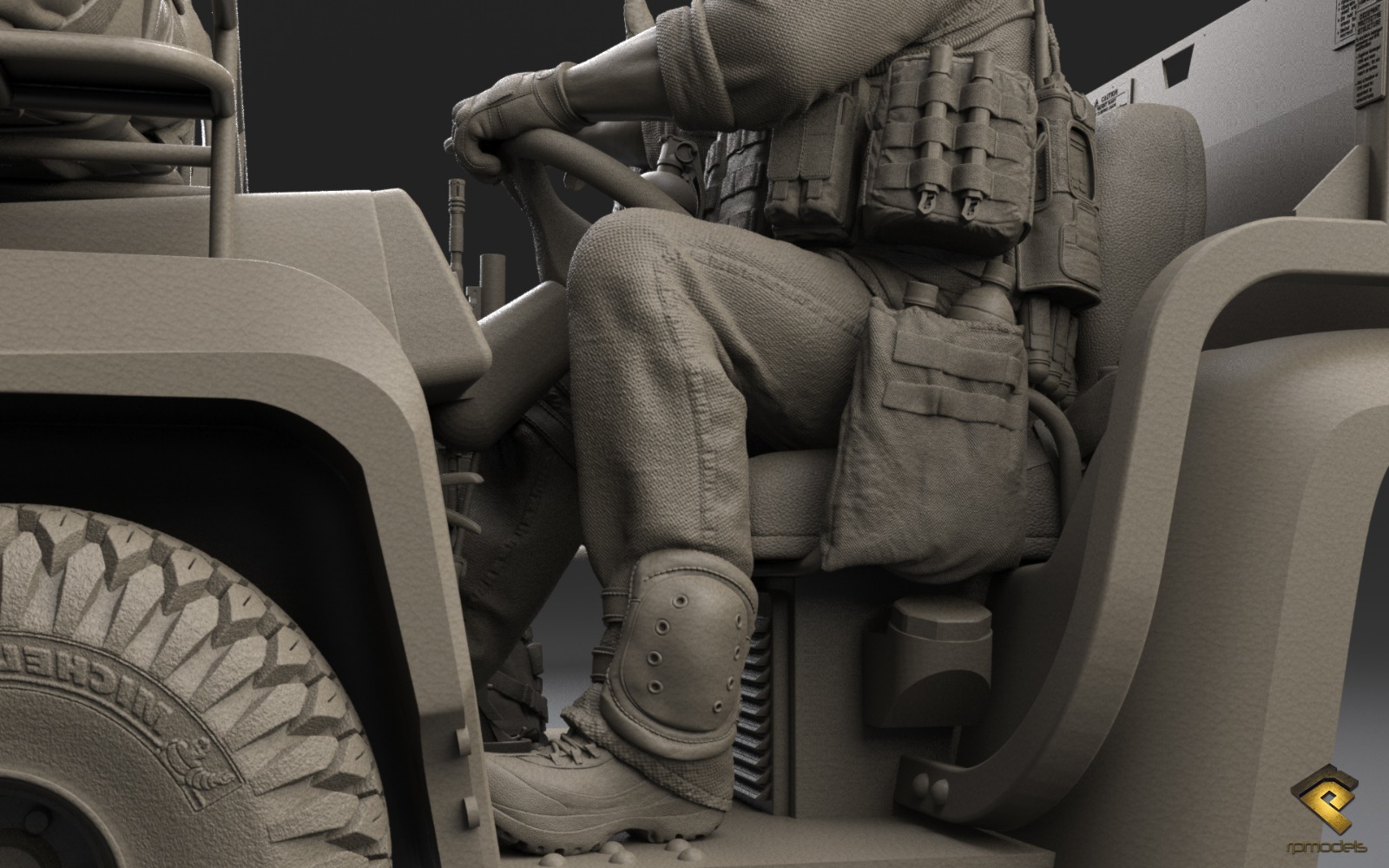
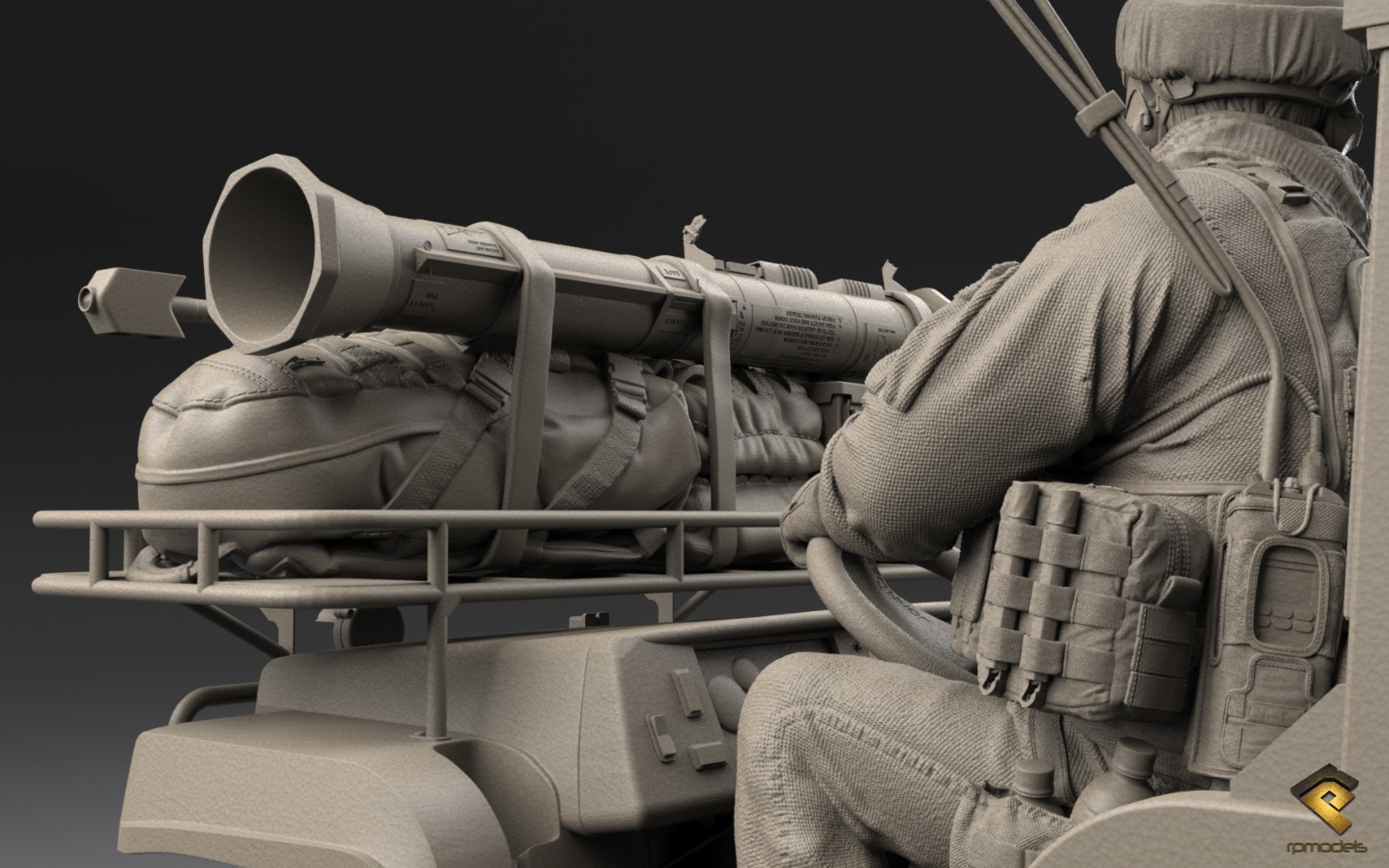
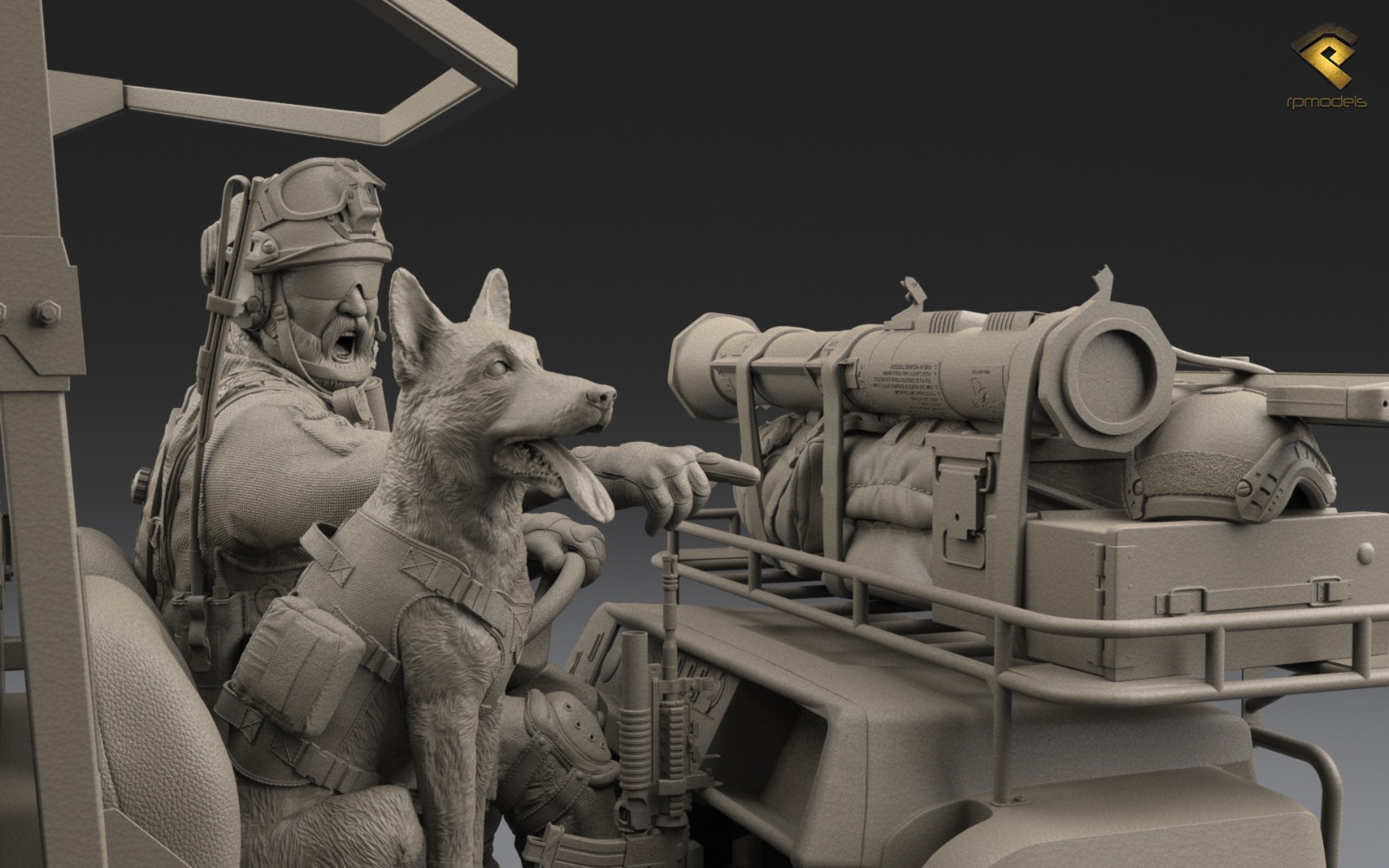
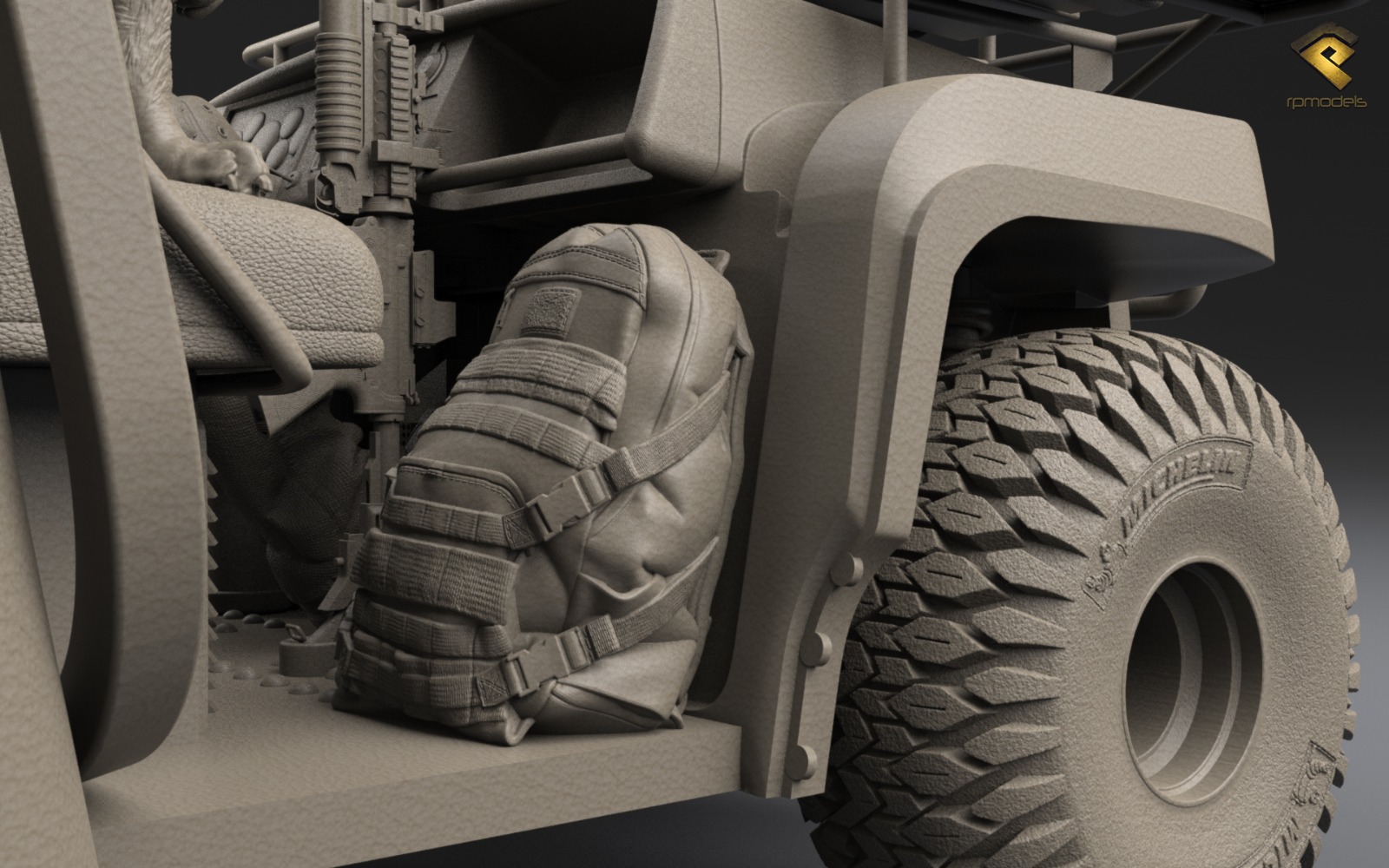
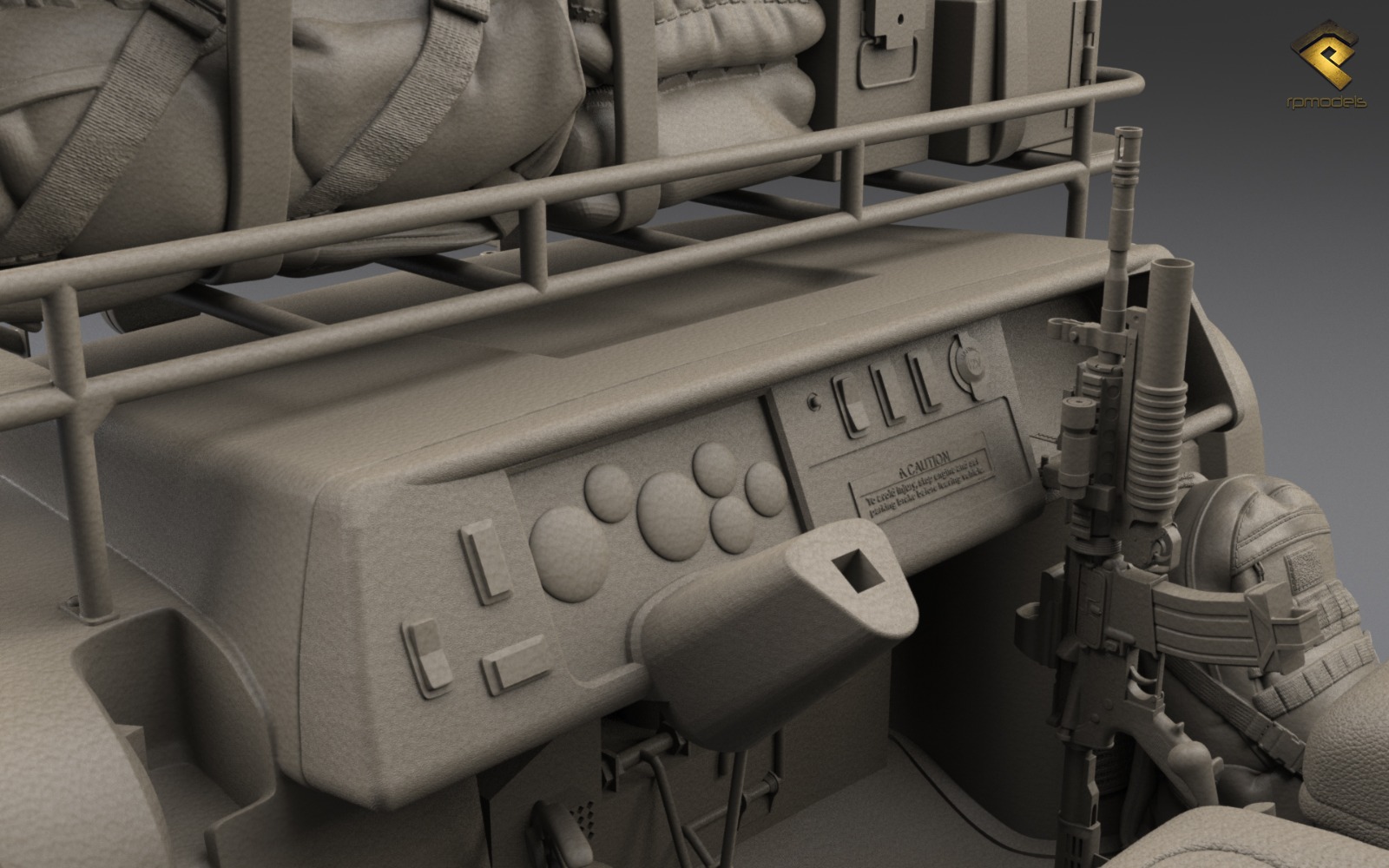


Avaliações
Ainda não existem avaliações.